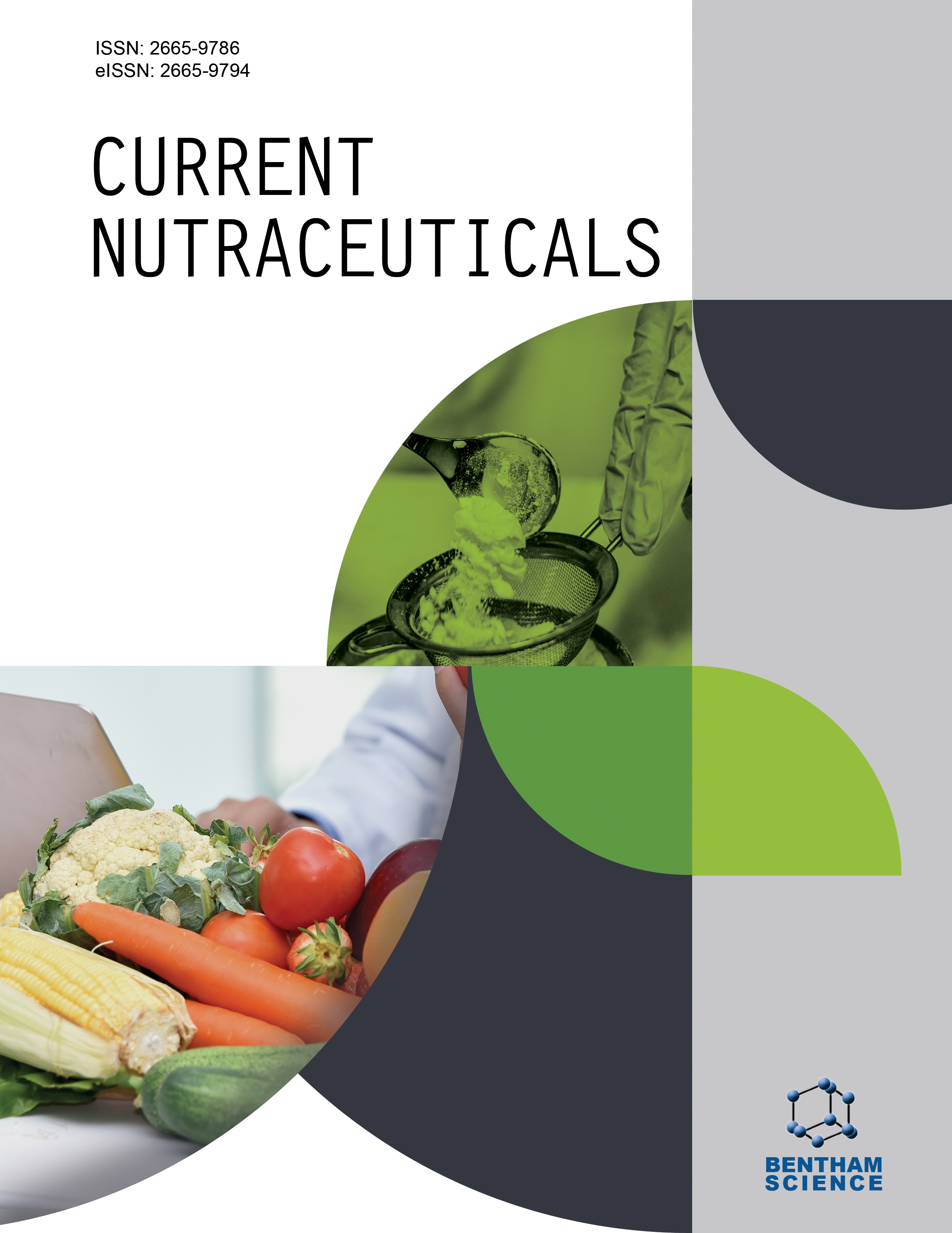-
f A (Speculative) View on Allicin and Primary Metabolism: An Additional Way to Affect Cell’s Physiology
- Source: Current Nutraceuticals, Volume 1, Issue 1, May 2020, p. 14 - 17
-
- 31 Oct 2019
- 27 Jan 2020
- 01 May 2020
Abstract
Background: Allicin from garlic is known for different medical uses for centuries. One important explanation for these effects is the chemical reactivity of allicin as a thiosulfinate towards thiol-groups and the modification of thiol-groups by thioallylation.
Objective: It has been shown that thioallylation can inhibit the enzymatic function of proteins. In different organisms, the thioallylated proteins upon allicin treatment have been examined. It was found, especially in human T-cell lymphocytes (Jurkat-cells), that the glycolysis is a major target for allicin. Here, we briefly discuss that affecting the primary metabolism is a possible part of allicin’s physiological functions and might be, both from therapeutic and nutraceutical view, of particular interest for the application of allicin as an active principle of freshly damaged garlic.
Conclusion: This might, in summary, explain a possible further mode of action of allicin on cells by changing the metabolism as the central life process and thus influencing the overall structure of the physiological processes in the cell, which can lead to the multitude of consequences caused by allicin.


